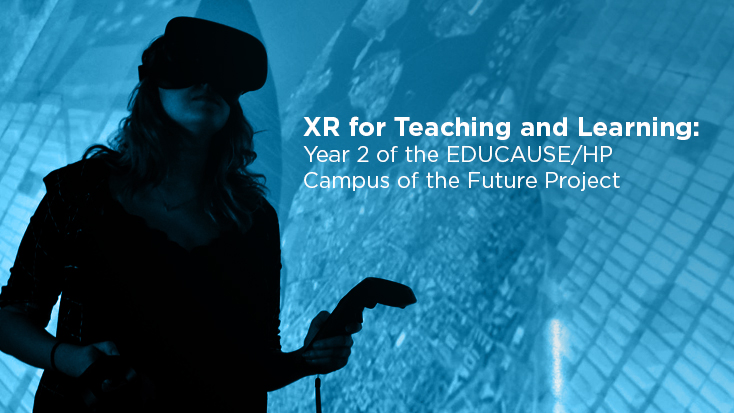XR for Teaching and Learning — from educause
Key Findings
- XR technologies are being used to achieve learning goals across domains.
- Effective pedagogical uses of XR technologies fall into one of three large categories: (1) Supporting skills-based and competency-based teaching and learning, such as nursing education, where students gain practice by repeating tasks. (2) Expanding the range of activities with which a learner can gain hands-on experience—for example, by enabling the user to interact with electrons and electromagnetic fields. In this way, XR enables some subjects traditionally taught as abstract knowledge, using flat media such as illustrations or videos, to be taught as skills-based. (3) Experimenting by providing new functionality and enabling new forms of interaction. For example, by using simulations of materials or tools not easily available in the physical world, learners can explore the bounds of what is possible in both their discipline and with the XR technology itself.
- Integration of XR into curricula faces two major challenges: time and skills.
- The adoption of XR in teaching has two major requirements: the technology must fit into instructors’ existing practices, and the cost cannot be significantly higher than that of the alternatives already in use.
- The effectiveness of XR technologies for achieving learning goals is influenced by several factors: fidelity, ease of use, novelty, time-on-task, and the spirit of experimentation.









